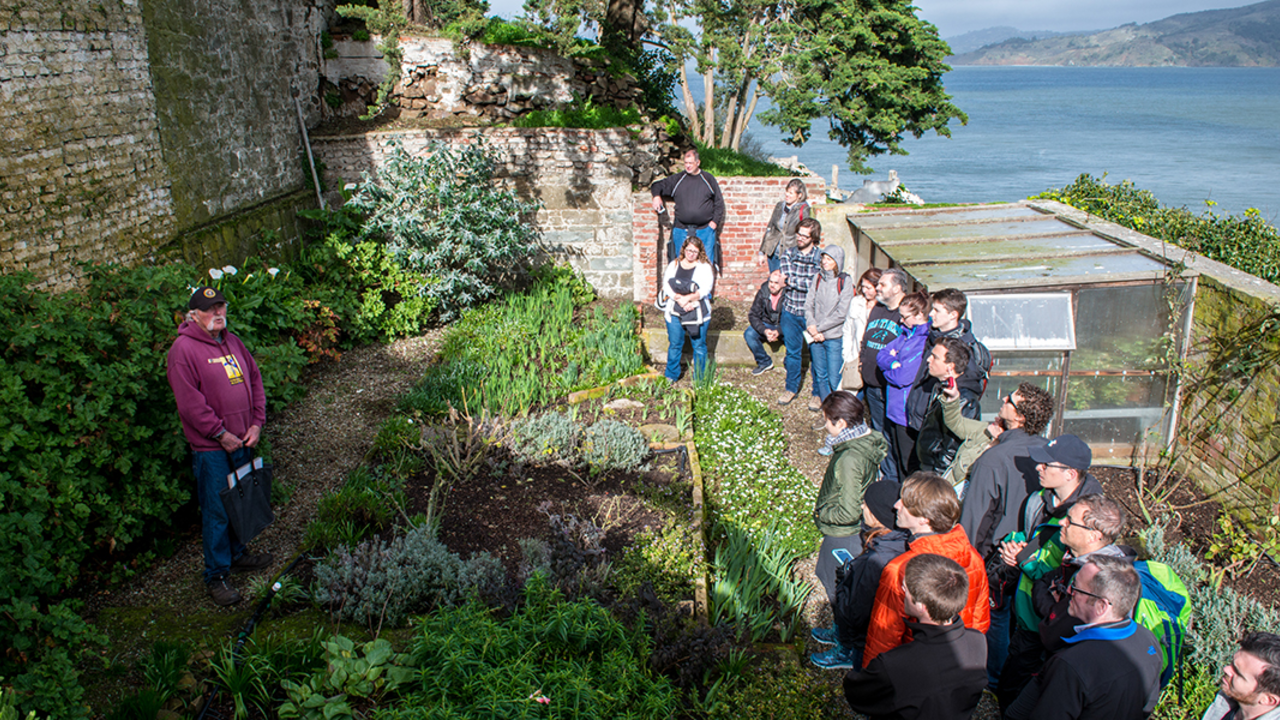Before and after restoration
Your support of the parks makes a difference
It’s hard to believe that Crissy Field was once an asphalt parking lot strewn with tires and garbage, or that Lands End was so overgrown you couldn’t see the breathtaking ocean views. Thanks to park volunteers, members, and supporters like you, these places will be enjoyed by all of us and for generations to come. Check out these before and after images of places like Mori Point, Muir Beach, and Crissy Field, and see what a difference your support makes in the parks.
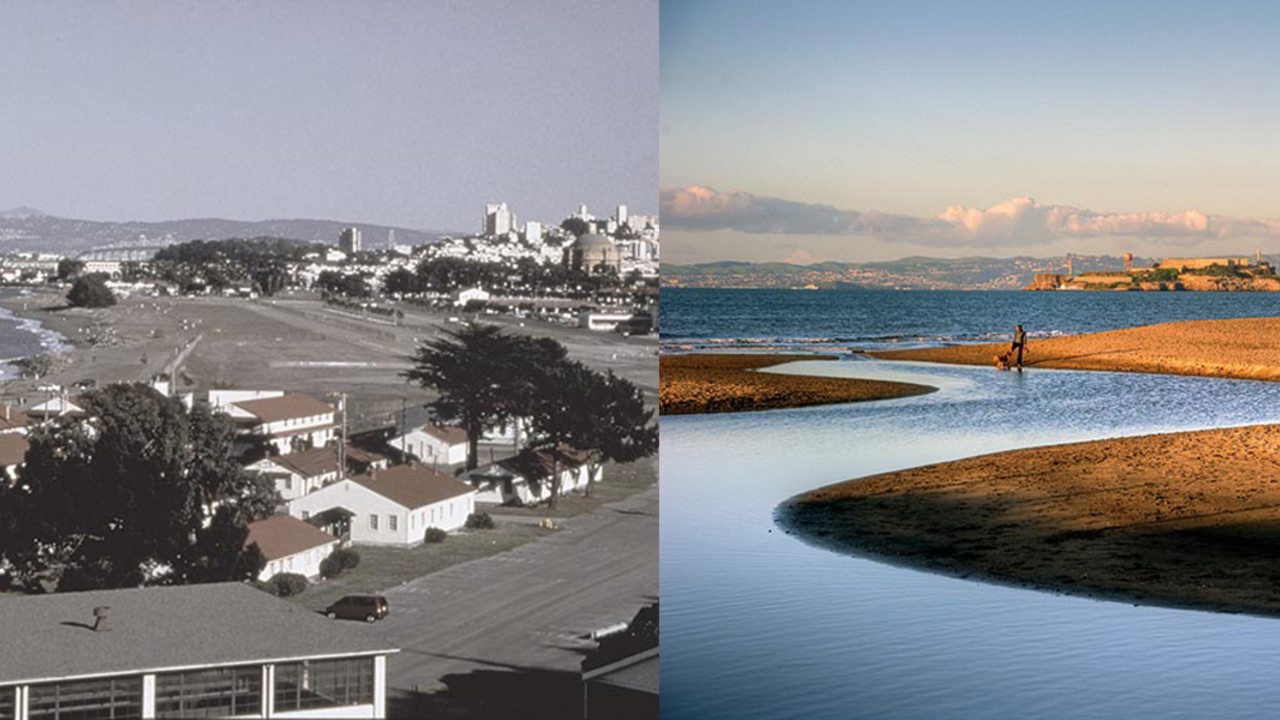
Crissy Field
Imagine Crissy Field in the late 1990s. About 70 percent was covered by concrete and asphalt, and the rest of the shoreline was a mash of abandoned barracks, storage sheds, debris-strewn beach, and weed-infested runway.
Thanks to the 3,000 volunteers and 2,400 donors who rallied behind the $15 million lead gift to the Parks Conservancy from the Evelyn and Walter Haas, Jr. Fund, Crissy Field was transformed from the neglected backyard of the Army to the beloved frontyard for us all.
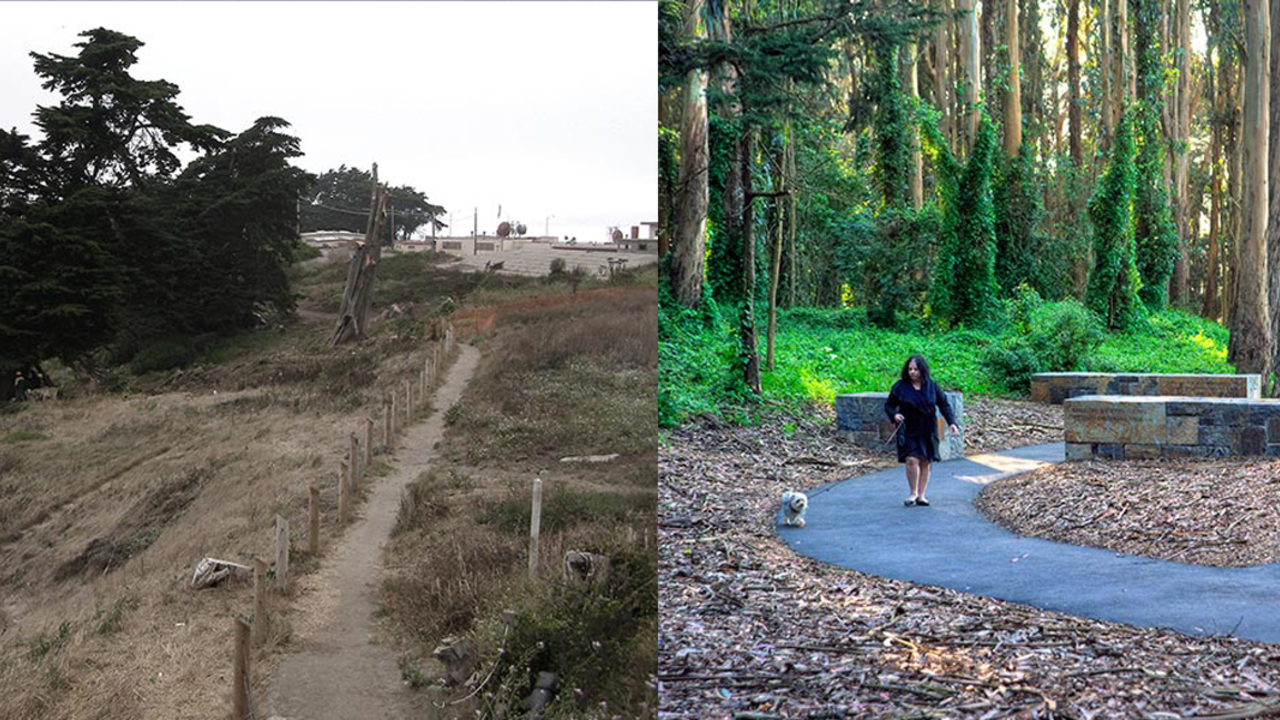
Presidio
Established in 1776, the Presidio has been a military garrison for Spanish settlers, a trading outpost for Mexican citizens, an army base for American soldiers.
The Presidio is being reclaimed as a place of ecological wonder and historic import. Its evolution springs from the leadership of the Presidio Trust and partnership with the NPS and Parks Conservancy and is supported by the generosity of the Evelyn and Walter Haas, Jr. Fund and a community of volunteers and donors.
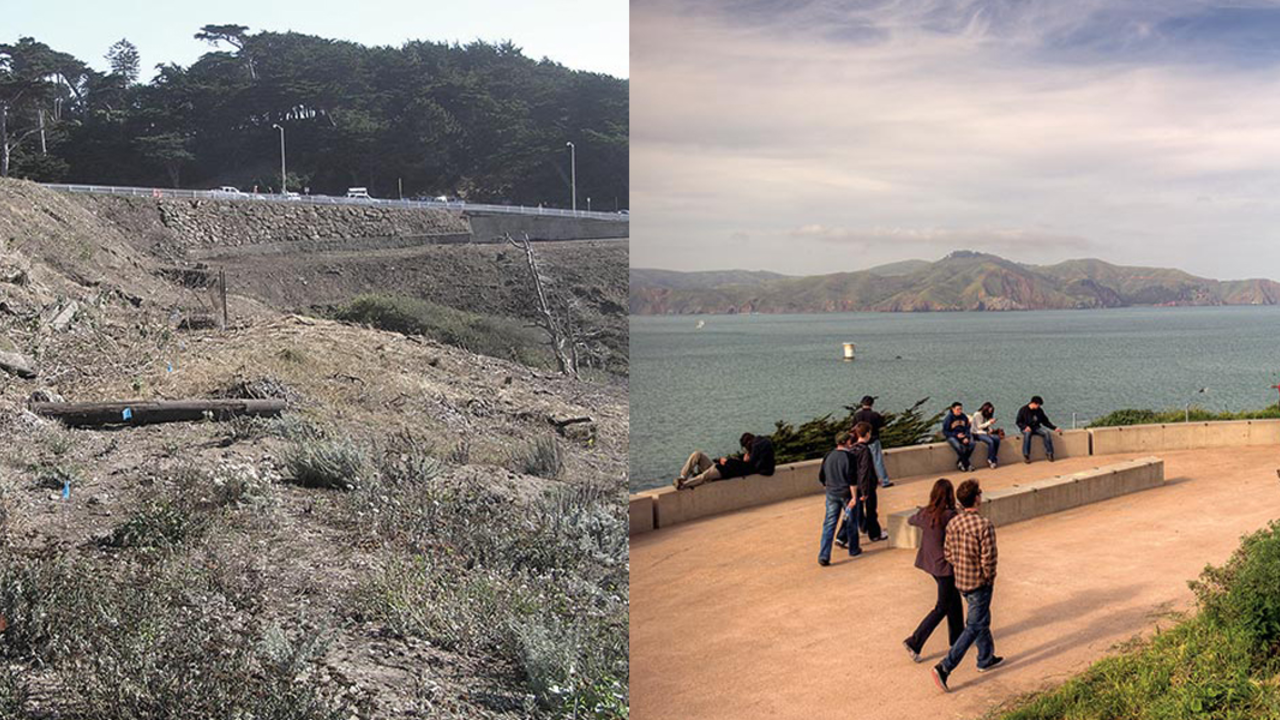
Lands End
The Parks Conservancy and National Park Service began dramatic improvements in 2006.
The pot-holed parking lot, dangerous pathways, and overgrown vegetation have been replaced by a welcoming trailhead area, accessible trails, thousands of native plants, and a healthy forest opened with new vistas and overlooks. Community volunteers and park stewardship staff have completely transformed Lands End.
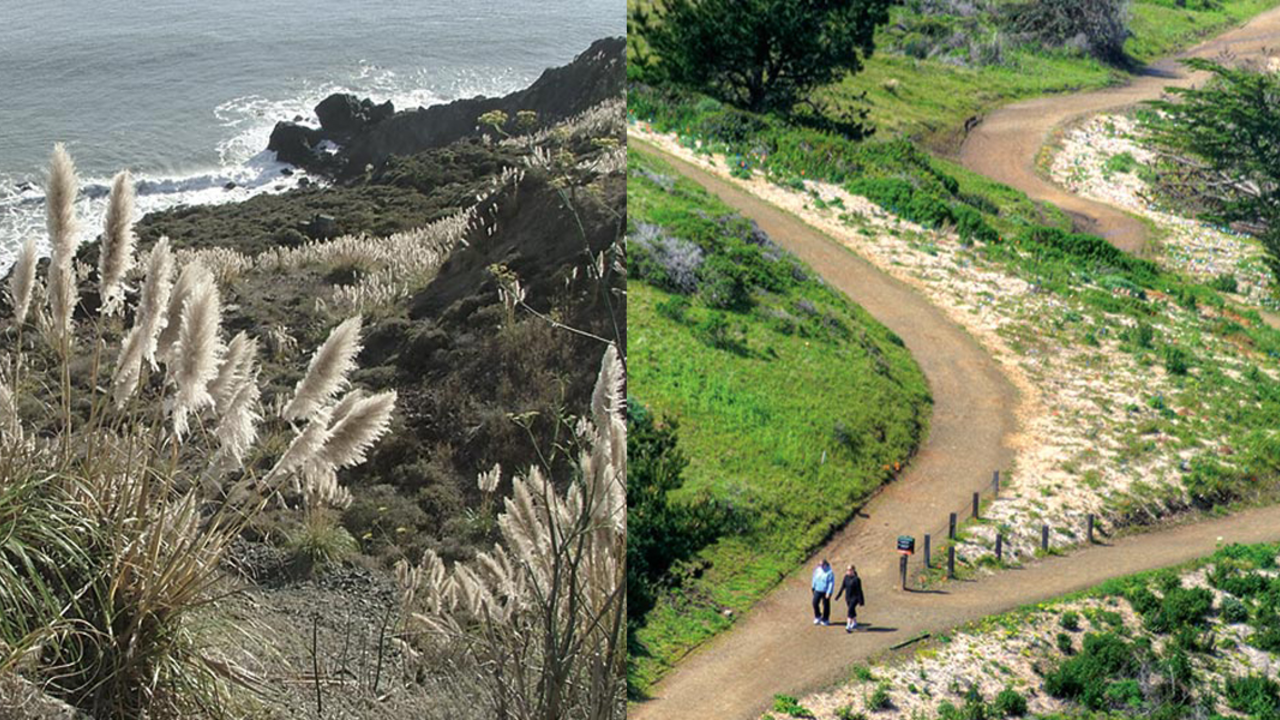
Mori Point
Mori Point, transferred to the National Park Service in 2002, has been the site of a vegetable farm, bawdy roadhouse, Prohibition-era speakeasy, quarry operation, dirt-bike track, and a thwarted development plan.
Through a robust stewardship program uniting neighbors, students, corporate partners, and the Pacifica community, Mori Point is sloughing its scars to display the true markings of a national park.
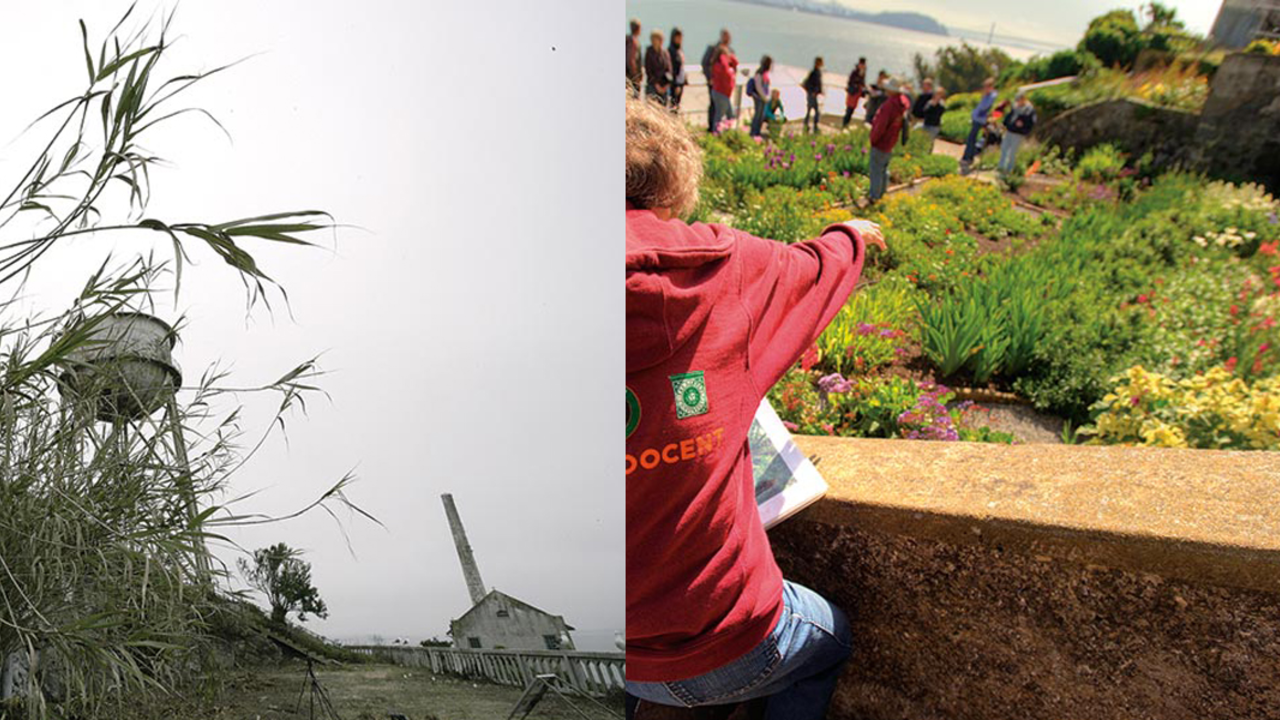
Alcatraz Gardens
By the late 19th century, military prisoners had established Victorian-style gardens on desolate Alcatraz. During the federal penitentiary years, inmates continued to care for the gardens and plant-growing facilities across the island. When the prison closed in 1963, however, these gardens were abandoned.
In 2003, the Parks Conservancy, Garden Conservancy, and National Park Service launched a volunteer-driven program to restore the beauty and historical integrity of the gardens. Today, visitors can once again enjoy their color and appreciate the hope they symbolized for generations of island residents.
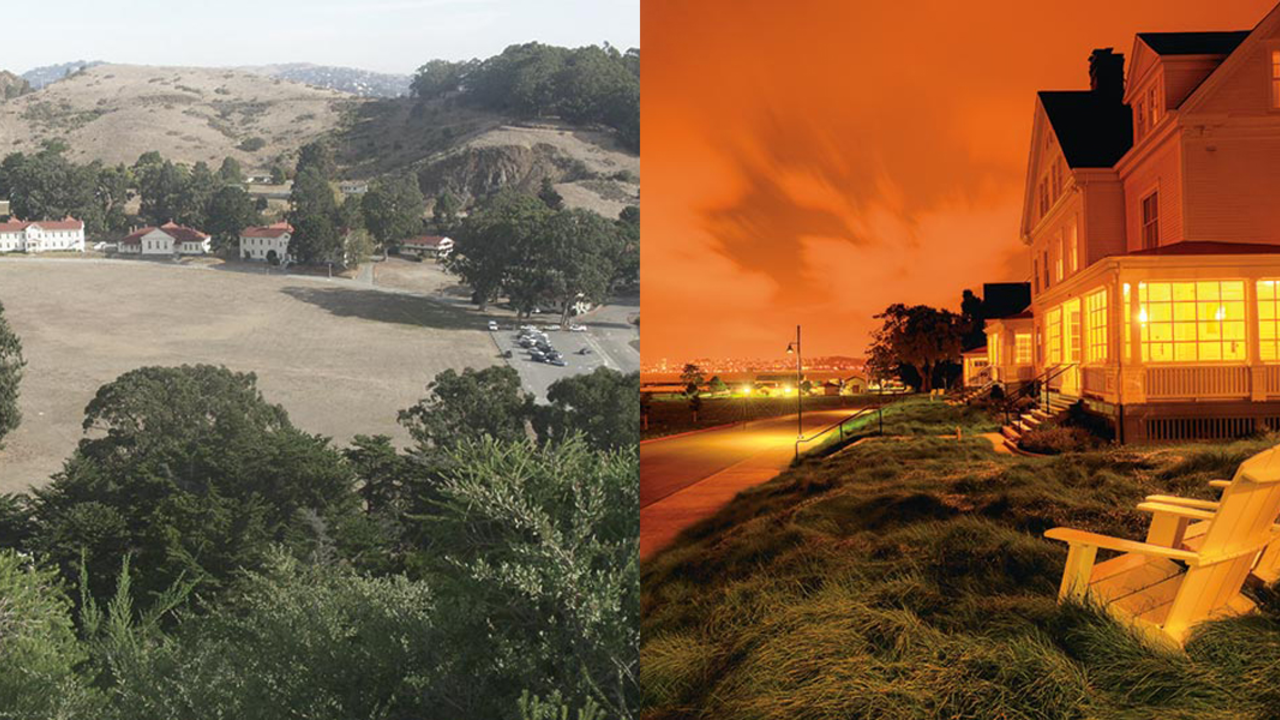
Fort Baker
In rehabilitating turn-of-the-century officers' homes at Fort Baker, layers of paint were removed from ceiling tiles to reveal dazzling designs underneath. And in revitalizing this former military site, the Parks Conservancy, National Park Service, and Fort Baker Retreat Group uncovered its essence.
Fort Baker became home not just to the environmentally-conscious Cavallo Point lodge but also to the Institute at the Golden Gate--a Parks Conservancy program in partnership with the NPS dedicated to global sustainability.
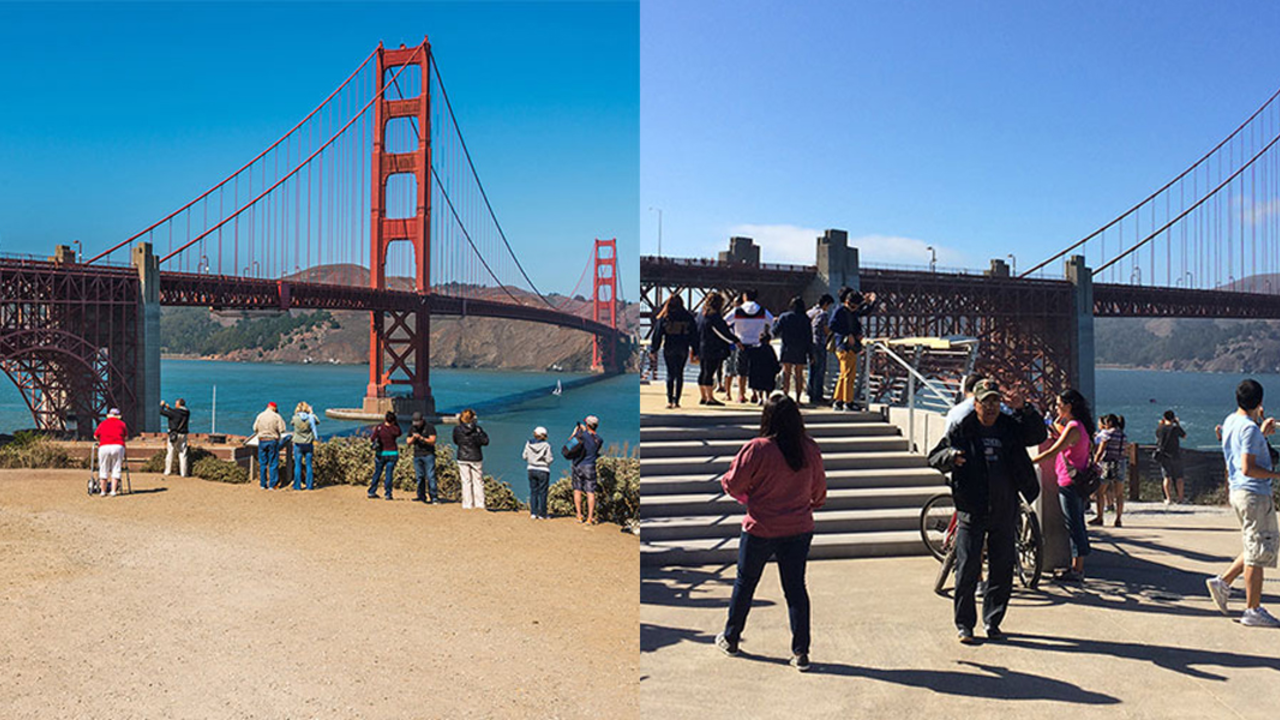
Fort Point Overlook
The Fort Point Overlook project is one of the last links in the San Francisco Bay Trail in the Presidio. The overlook and trail were planned in 2011 as part of the 75th-anniversary
visitor improvements at the Golden Gate Bridge but deferred for schedule and budget reasons. Now, completed trails from the Bridge, Marin County, the Presidio and Crissy Field all converge at the site. Cyclists on road bikes and rented tandems share the narrow hillside trail with both local hikers and groups of tourists.
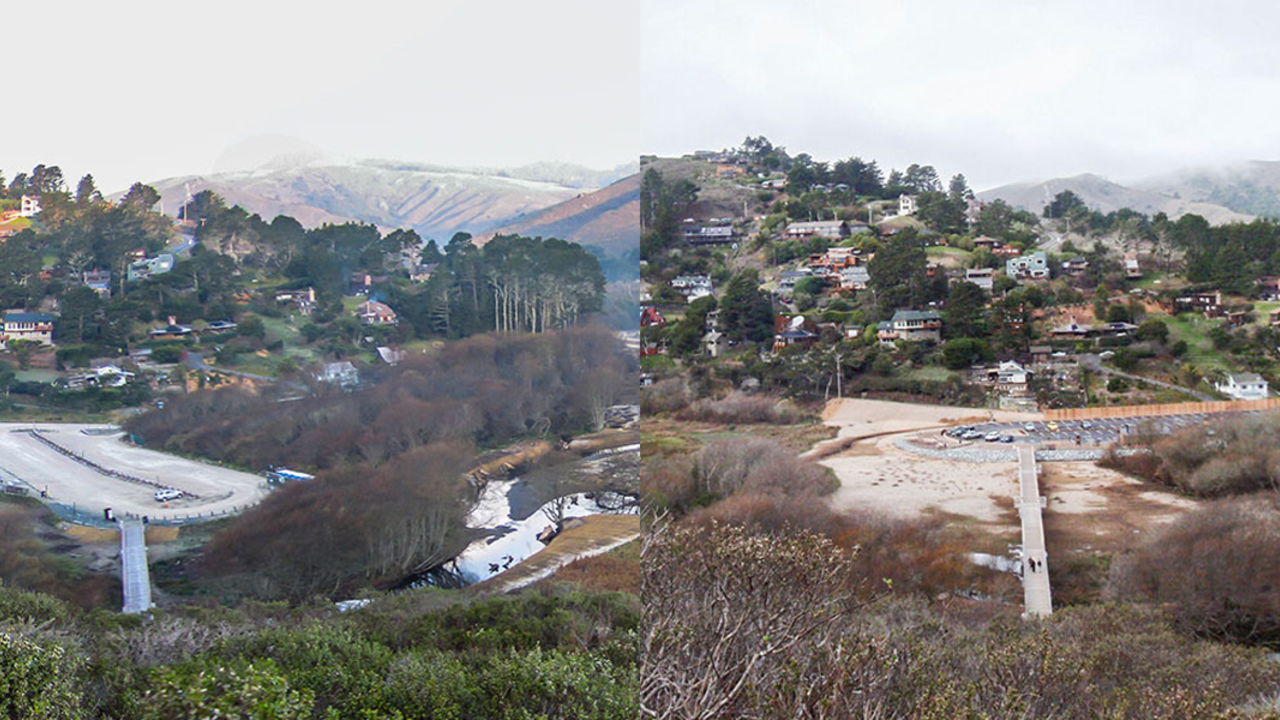
Redwood Creek at Muir Beach
Redwood Creek at Muir Beach is home to numerous shorebirds, amphibians, salmon and trout, and marshy, water-loving plants called rushes (Juncus). This expansive network of wetlands, lagoon, and dunes is being restored by increasing the capacity of the creek, removing sediment from the creek bed, and improving fish habitat in the tidal lagoon.
This restoration project—a partnership between the NPS and the Parks Conservancy—will restore the natural function of the creek, wetlands, and intermittent tidal lagoon.
